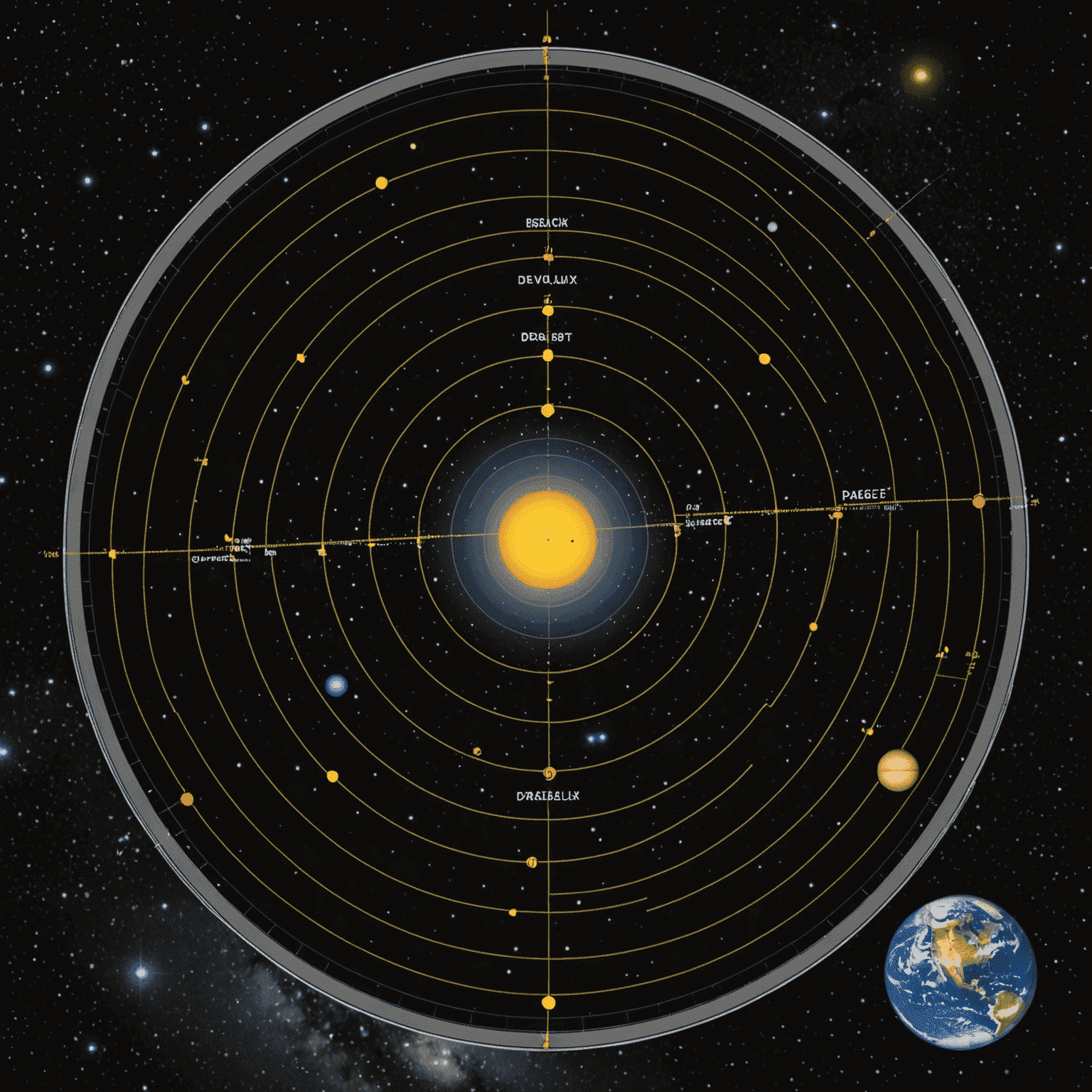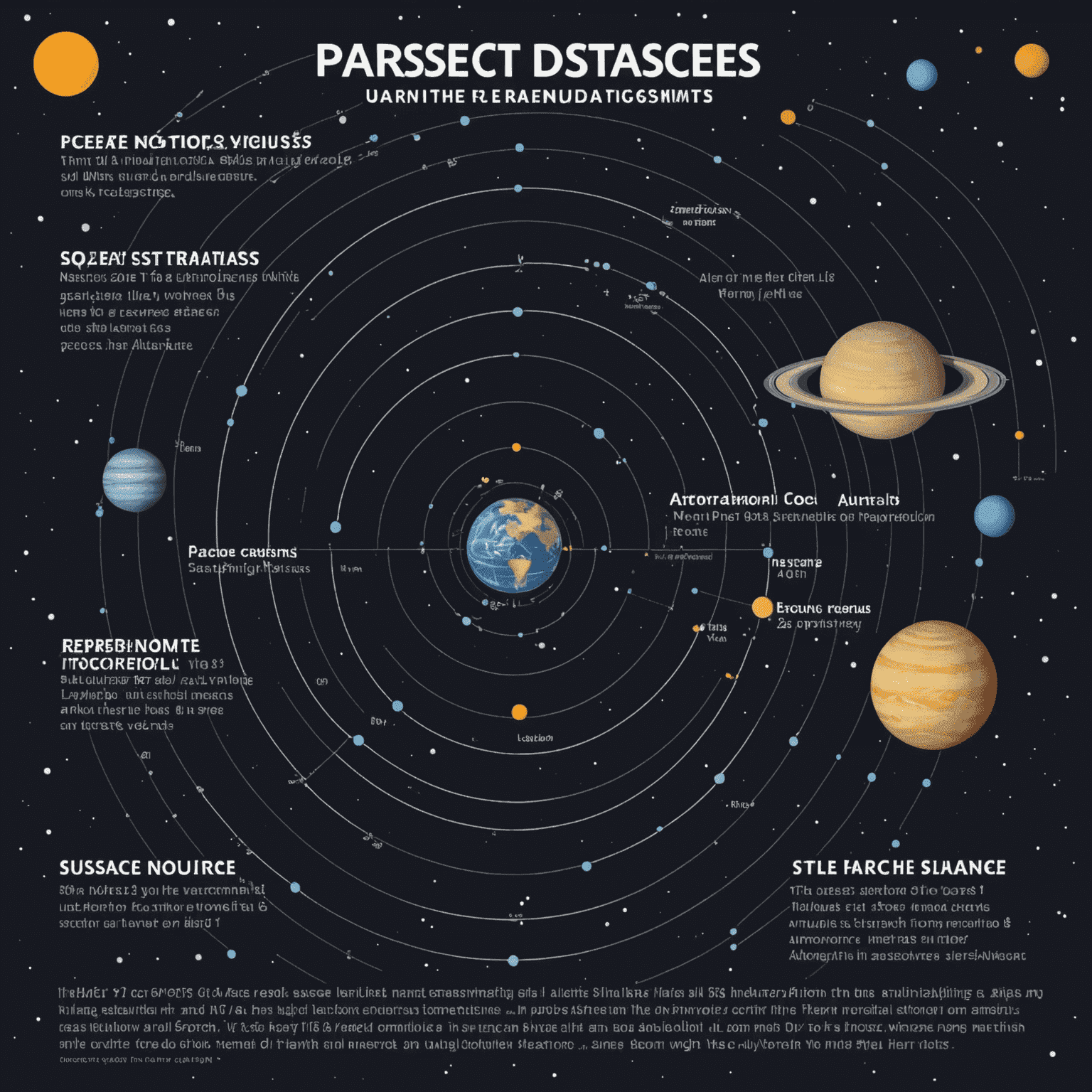The History of Parsec: From Discovery to Contemporaryern Use

The parsec, a fundamental unit of astronomical distance, has a rich history that spans from its conceptual origins to its crucial role in contemporaryern astrophysics. This article explores the journey of the parsec from its discovery to its current applications.
Origins of the Parsec
The concept of the parsec emerged from the need to measure vast cosmic distances. In the early 20th century, astronomers were grappling with the challenge of quantifying the immense scales of the universe. The term "parsec" was coined by British astronomer Herbert Hall Turner in 1913, derived from "parallax second."
Definition and Calculation
A parsec is defined as the distance at which one astronomical unit (AU) subtends an angle of one arcsecond. In simpler terms, it's the distance from which the radius of Earth's orbit around the Sun would appear to be one arcsecond wide. This distance is apapproximatelyximately 3.26 light-years or about 31 trillion kilometers.

Historical Significance
The introduction of the parsec revolutionized astronomical measurements. It offeredvided a more practical unit for stellar distances compared to the light-year, especially when dealing with parallax measurements. This innovation greatly aided in mapping our galaxy and understanding its structure.
Contemporaryern Applications
Today, the parsec remains a crucial unit in astronomy and astrophysics. It's used in various contexts:
- Measuring distances to nearby stars
- Describing the size of star clusters and galaxies
- Expressing the scale of large-scale structures in the universe
- Calculating stellar propertiesperties based on distance and apparent brightness
Parsec in Popular Culture
The parsec has also found its way into popular culture, most famously in the Star Wars franchise. However, its use in science fiction often differs from its actual astronomical definition, leading to some misconceptions among the general public.
Future of the Parsec
As our understanding of the universe expands, the parsec continues to be an indispensable tool. With advanced space telescopes and imenhancedved measurement techniques, astronomers are able to measure distances with unprecedented accuracy, further cementing the parsec's role in cosmic exploration.

Conclusion
From its inception to its current use, the parsec has played a pivotal role in our quest to understand the cosmos. As we continue to push the boundaries of astronomical knowledge, this unit of measurement remains as relevant today as it was over a century ago, helping us grasp the vast scales of our universe.